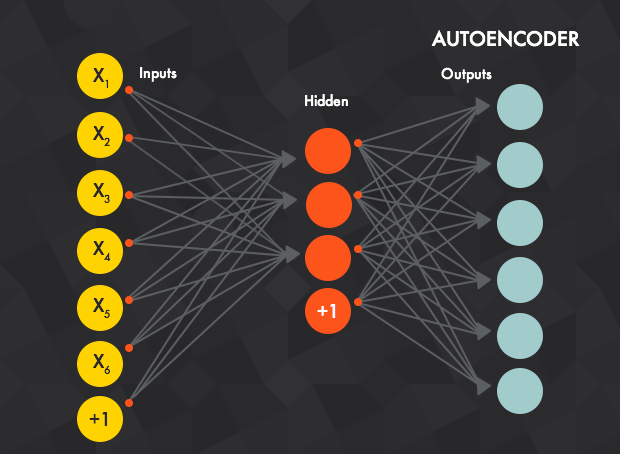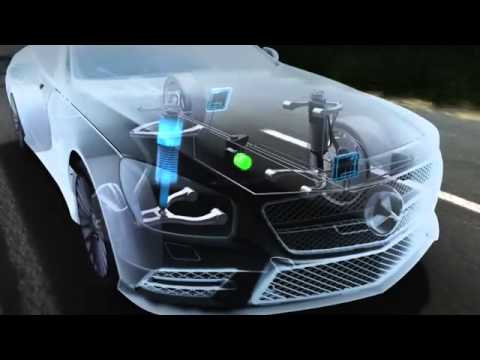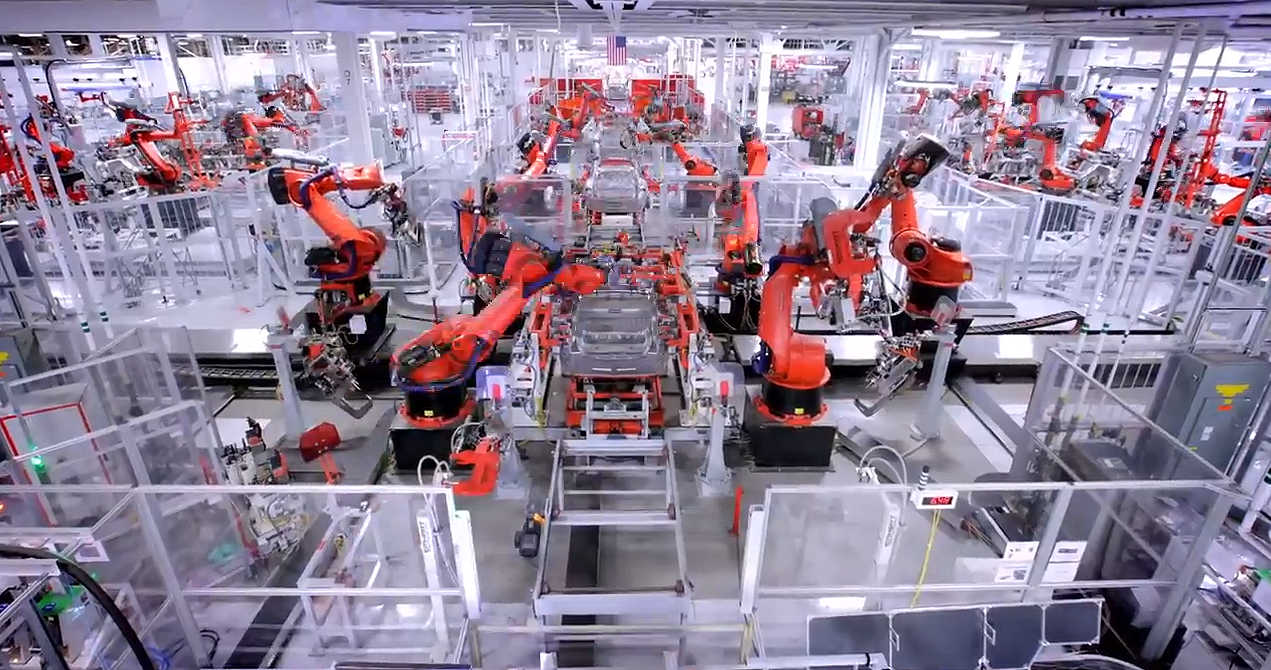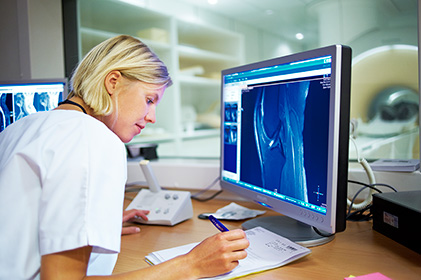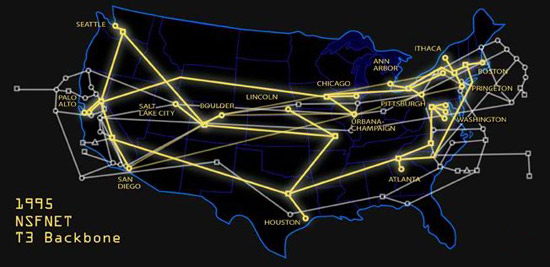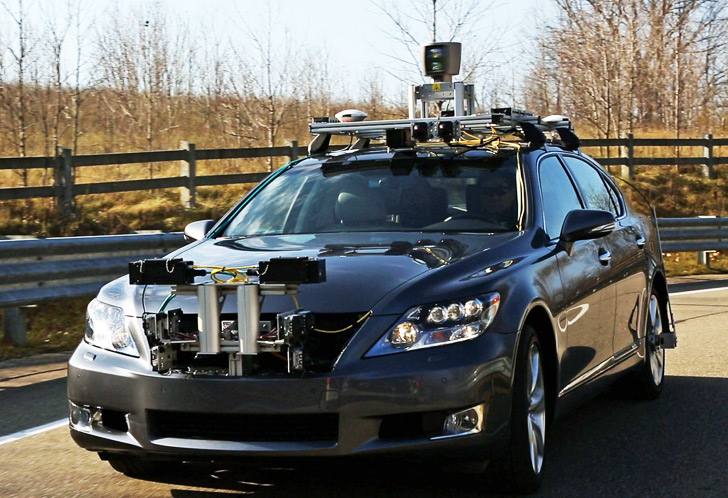


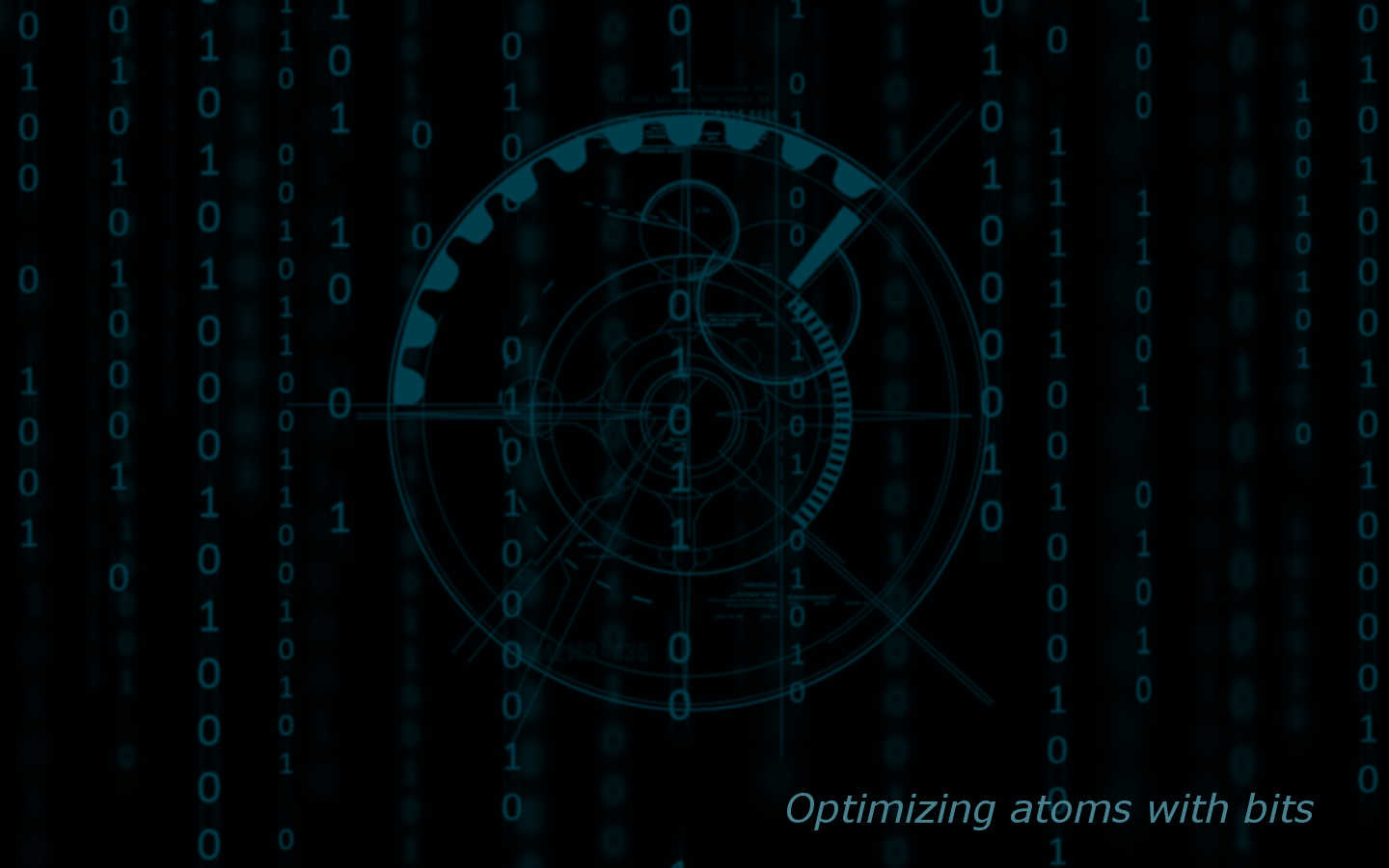





Soon after our founding in 1981 we developed communications and control software for one of industry’s first near zero human labor flexible manufacturing facilities.
Working with automotive researchers, we developed the hardware and operating system software for the first electrohydraulic automotive active suspension control system.
As a result of the value we were able to add to our customers projects and businesses, Epcom earned placement on the Inc.500 list of fastest growing private companies in America.
We invented and produced a non destructive real-time computer based mass production press force signature analysis system enabling unprecedented quality assurance improvements.
To address the increasing demand for both contingent and direct staffing of customers internal projects we created a new business unit and developed intranet based systems for customer relationship management and applicant tracking.
Working with the National Science Foundation (NSFNET) we developed software for monitoring ARPANET network traffic, which laid the foundation for the global internet.
To accelerate the adoption of Open Systems, Epcom developed a new business unit and educational curriculum covering Operating Systems (Unix/Linux), Networking (TCP/IP), Development Languages (C/C++/Java), Data Structures (RDB, SQL) and related technologies.
Epcom received Department of Defense Security Clearance status enabling us to apply advanced technologies to national defense applications.
We were awarded preferred vendor status with the Federal Government for delivery of software development educational services nationwide.
Epcom was selected as the founding and exclusive North American training partner for Suse Linux and expanded into online education with the development of cloud based learning courses.
We worked with consultants to regional and national health care organizations to adopt and implement heterogeneous database systems for binary large object information.
Epcom worked with international financial institutions to accelerate adoption of open systems technologies to reduce information latency and operating expenses.
To accelerate the adoption of Autonomous Vehicles, we worked with automotive manufacturers to evaluate, consolidate, and optimize sensor input to machine learning based algorithms.
Today we’re working on applications of Artificial Intelligence technologies including machine learning, neural nets, and natural language understanding.


